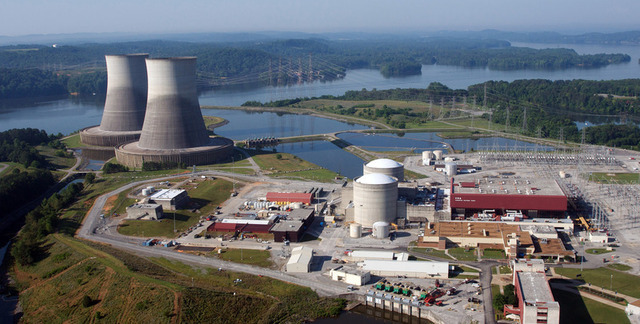US nuclear is dying, but it produced more electricity in 2018 than ever before

(credit: Photograph by tva.com)
According to the US Energy Information Administration (EIA), the US nuclear fleet produced more electrical energy than ever before in 2018. Last year, it produced 807.1 terawatt-hours (TWh) of electricity, barely beating its 2010 peak of 807TWh. But the US nuclear industry has been in a well-documented decline. So what gives?

(credit: Energy Information Administration)
The EIA says the explanation comes from a combination of scheduling serendipity and what's called "uprating," where older nuclear plants are permitted to output more power. In a post this morning, the administration wrote that we shouldn't expect this much nuclear power output from the industry again-at least not in the near future.
Since the last peak in 2010, more than 5 gigawatts (GW) of nuclear capacity has been retired. Some of that was offset by a new reactor addition: another 1.2GW of capacity came online in 2016 at TVA's Watts-Barr nuclear plant when reactor 2 was completed.
Read 9 remaining paragraphs | Comments